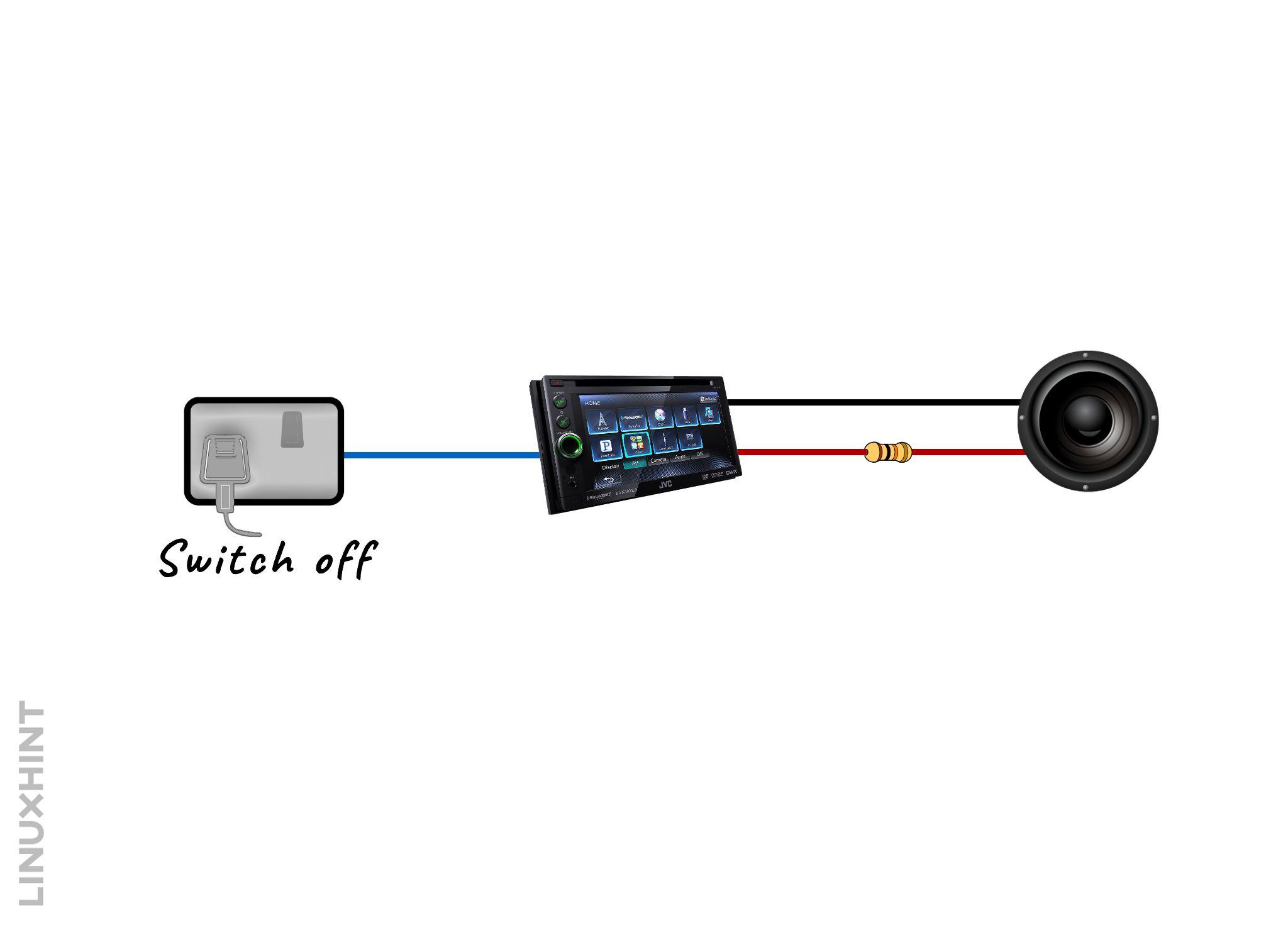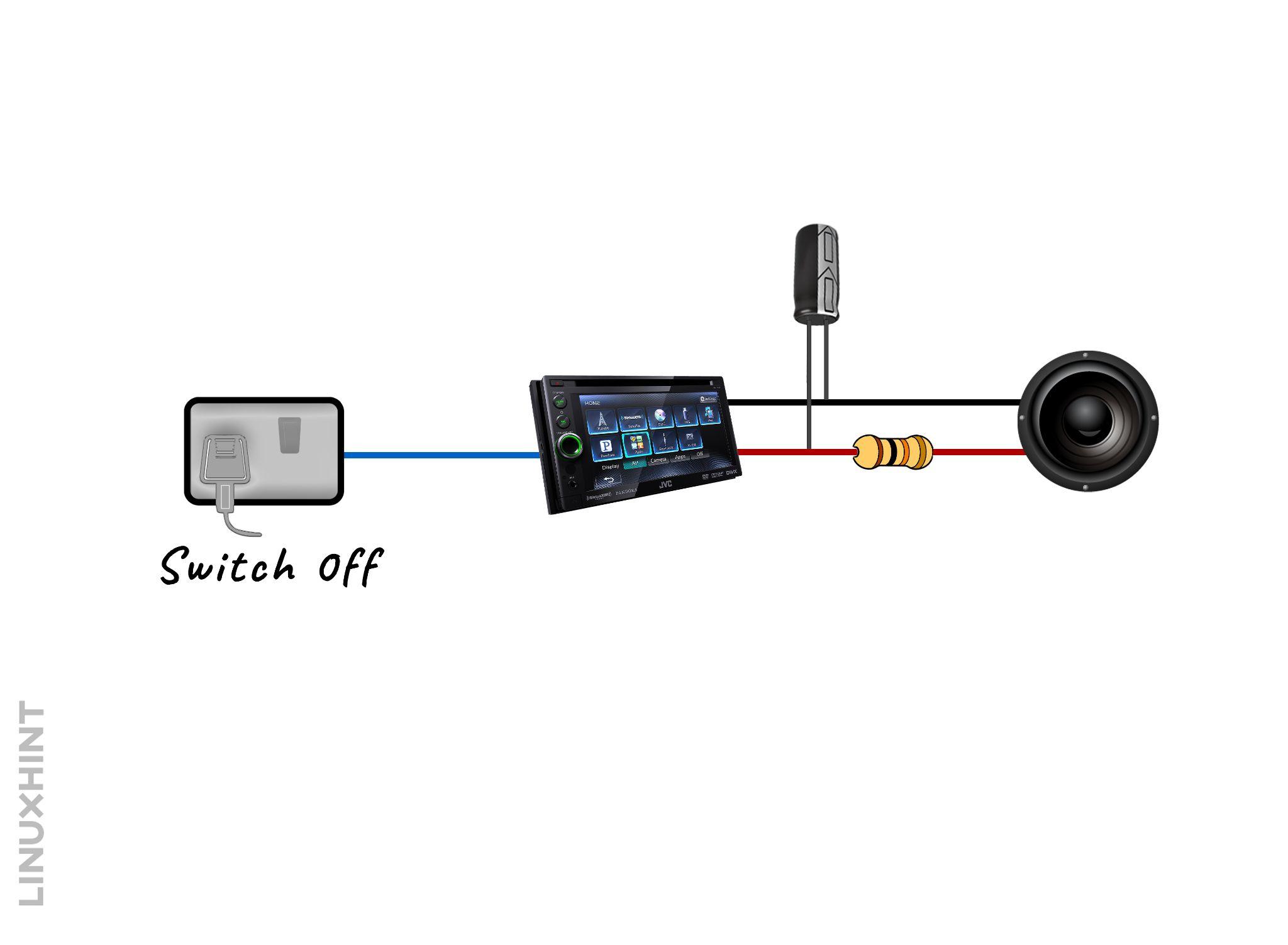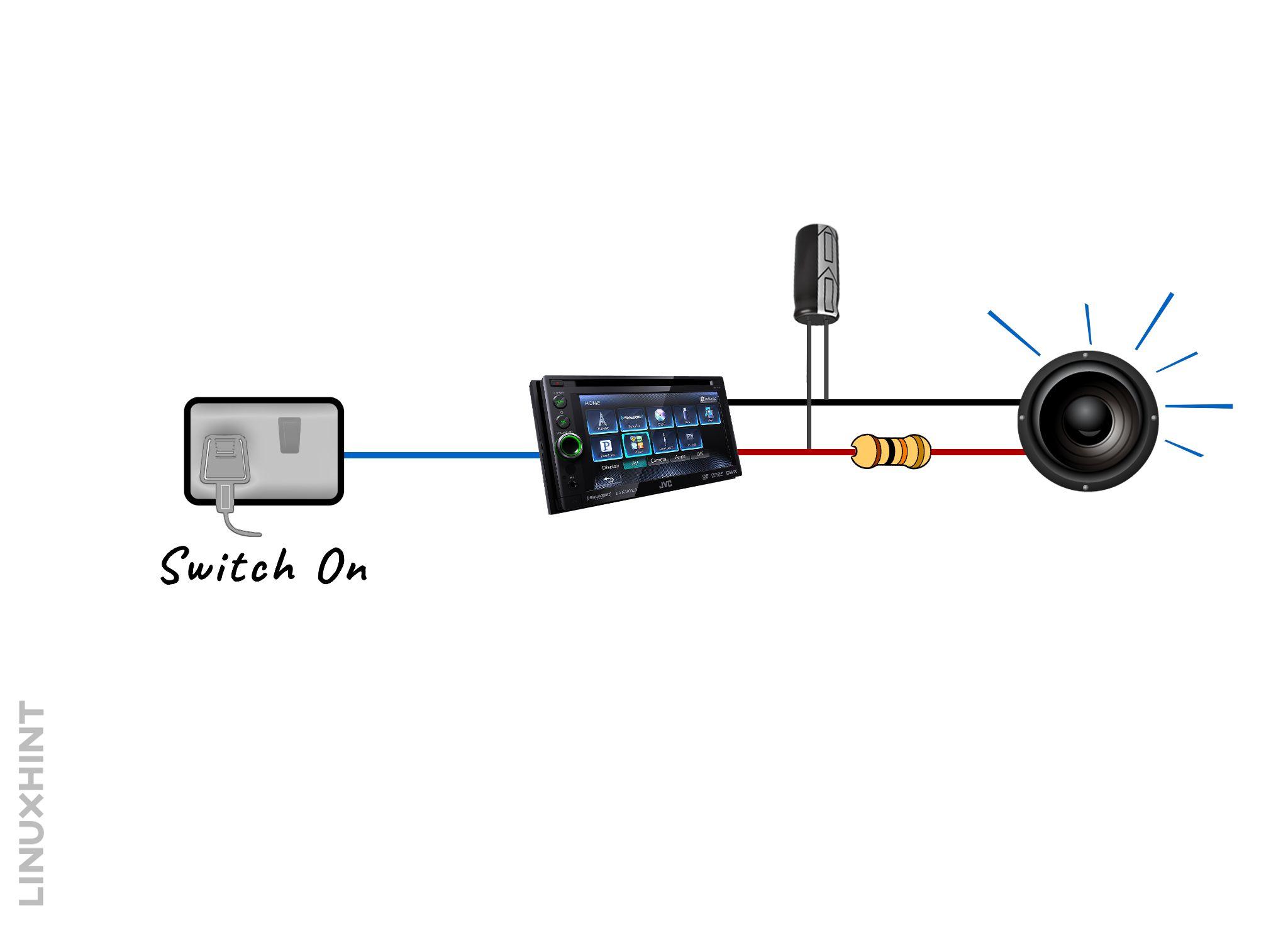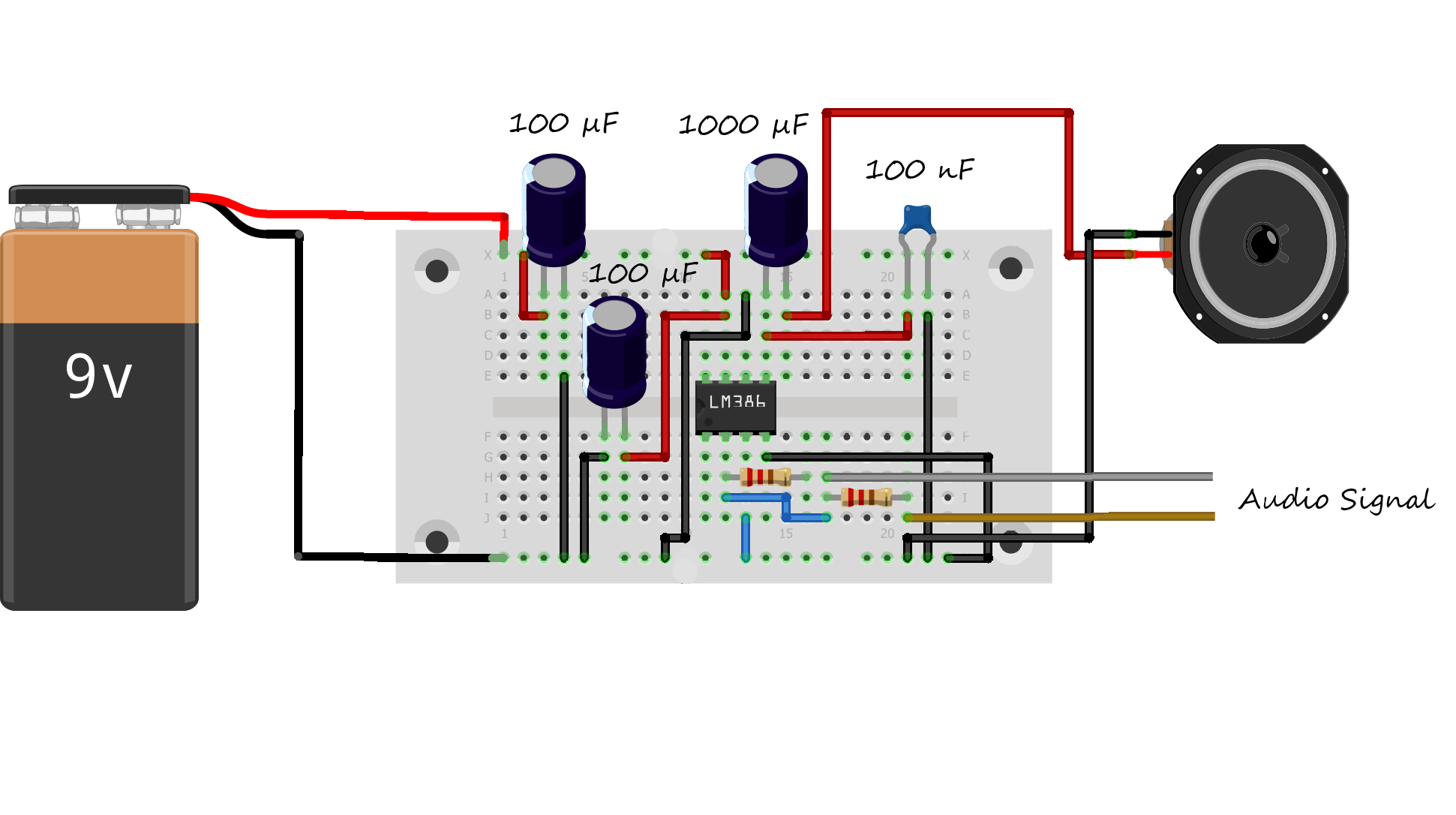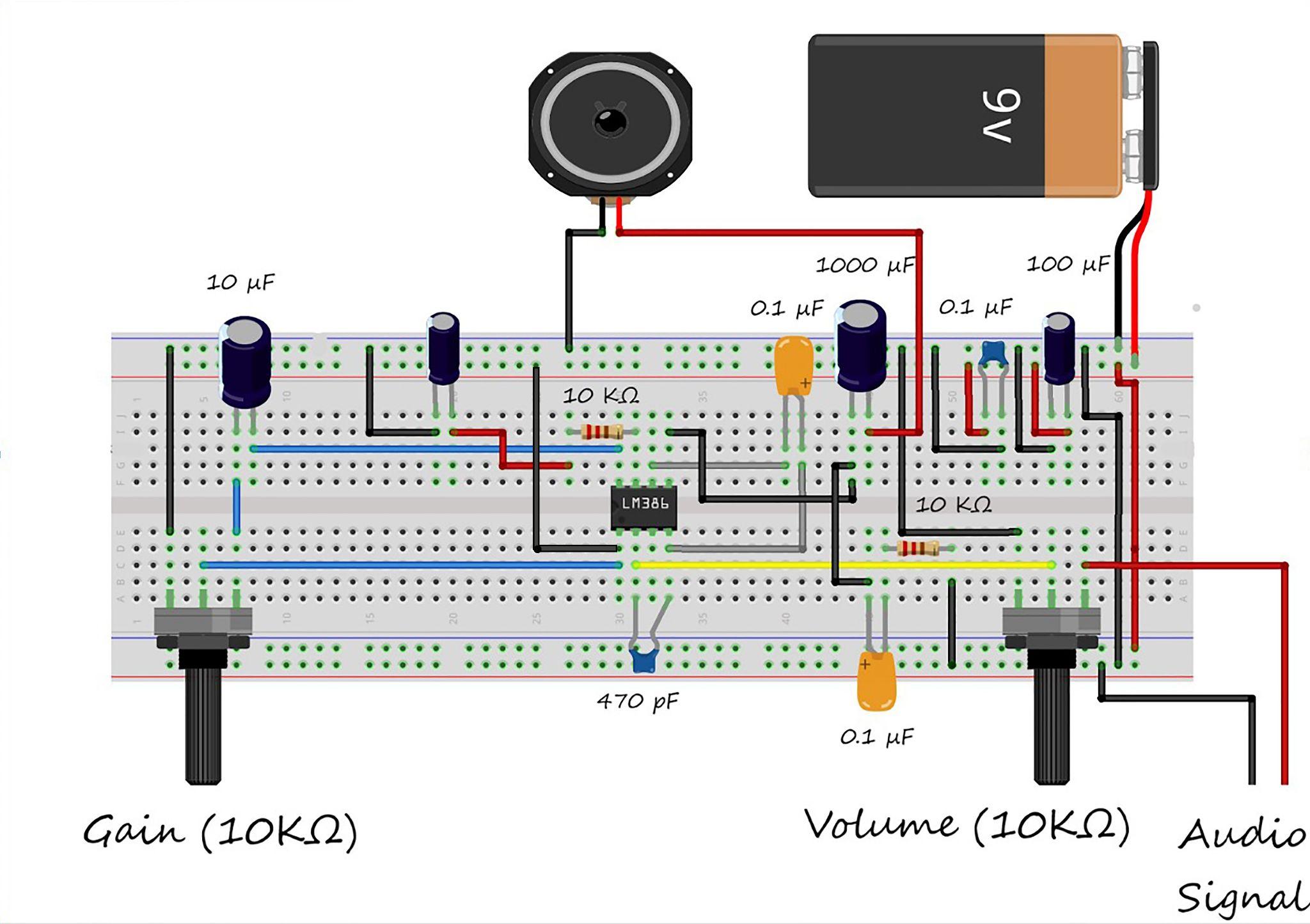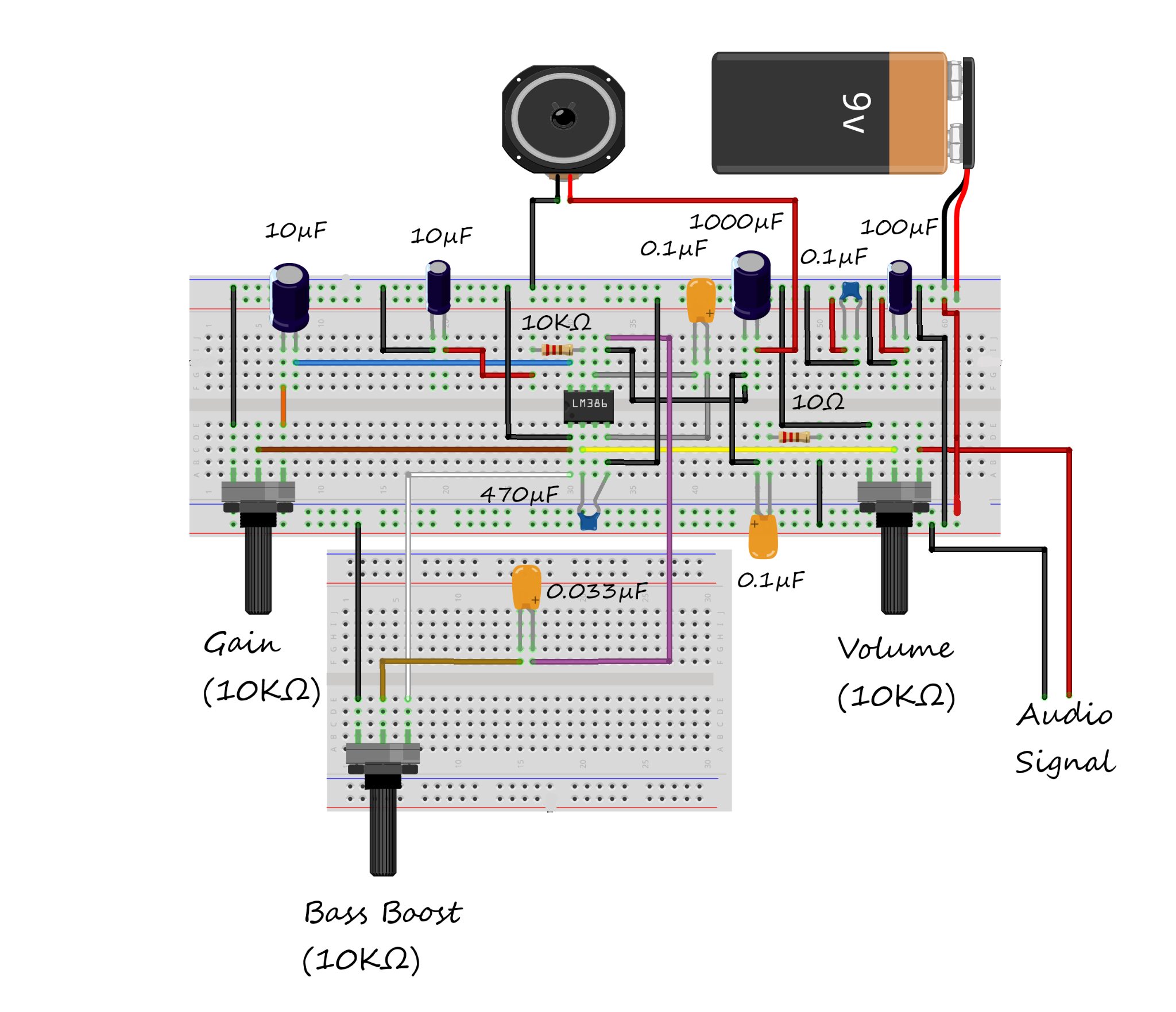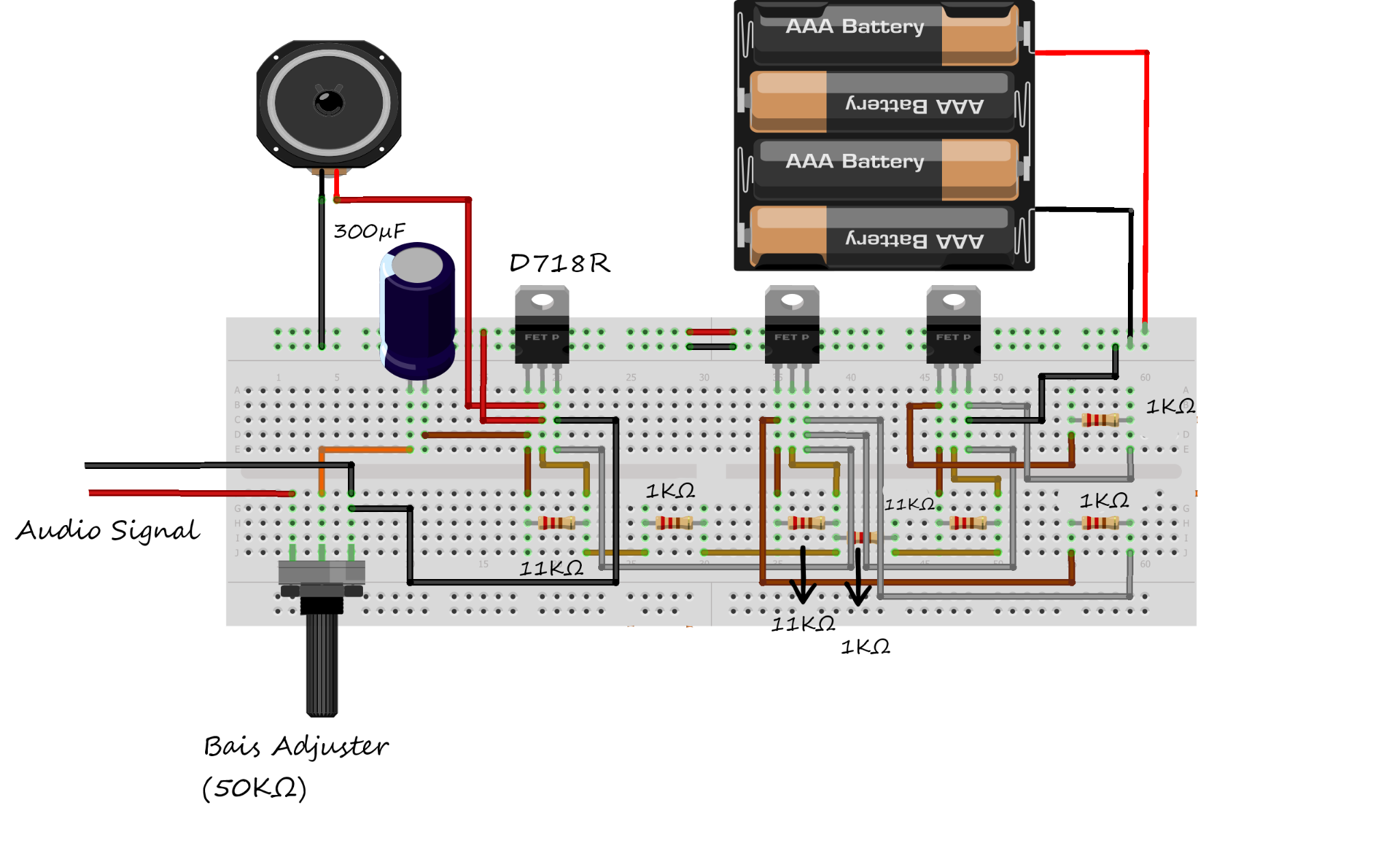Outline:
How to Increase Speaker Bass Using a Capacitor
- Connecting capacitors directly with speakers
- Connecting capacitor with audio amplifier
- Creating a bass amplifier with a capacitor
How to Increase Speaker Bass Using a Capacitor
In audio system capacitors are used for multiple reasons like maintaining a constant voltage to the amplifier, compensating for any loss of power to the amplifier, and increasing the response of subwoofers. So, to increase the base of the speakers an additional capacitor or capacitors can be connected to the audio system and here are three ways to do it:
- Connecting capacitors directly with speakers
- Connecting capacitor with audio amplifier
- Creating a bass amplifier with a capacitor
Connecting Capacitors Directly with Speakers
One of the easiest and robust ways to enhance the bass of the speakers is by connecting the capacitor with the speaker. However, the value of the capacitance depends on the level of bass boost you require, that is the higher the capacitance the higher will be the bass boost. Here are some steps that you are required to follow for connecting a capacitor with a speaker:
Step 1: Connect a Resistor with a Speaker
First disconnect the audio system from the power supply and then cut the positive terminal wire of the speaker and then connect the resistor with it:
The value of resistance should not be very high or very low like it could be a 33 Ohms resistor.
Step 2: Connect the Capacitor with Speaker
Now just connect the capacitor in parallel with the resistor either using a soldering iron or forming a t-join and make sure the wires are properly connected.
Next, connect the power supply to the multimedia and turn on some music, and you will observe that the bass of the speaker increases.
The bass can be further enhanced by adding more capacitors in parallel with the speaker.
Note: While adding a capacitor with a speaker, it is recommended to cover the joints with some insulation material so that it may not create any damage when in contact with metal or any conducting material.
Connecting Capacitor with Audio Amplifier
Most of the high-end audio systems come with an amplifier that is separately connected in the system with the speakers. This is because the amplifier adjusts the levels of the signal coming from the multimedia and also removes any sort of distortion and noise in the signal. Now, the audio amplifiers are distributed into various types based on their functionality, and it varies based on the type of audio system as well.
Usually, the IC LM386 or FETs are used for amplification purposes, here I have illustrated the connection of a capacitor with LM386. The LM386 is a power amplifier that is mainly used in applications that work on low voltages, so here is a basic circuit of using this IC as an amplifier. Here is a simple amplifier circuit that uses the LM386 as a power amplifier for powering up the speaker:
The circuit for the audio amplification for a sound system using LM386 is given below:
Here in the circuit, there are two potentiometers that are used one is for adjusting the gain and the other is used for adjusting the volume whose range is set by the gain. The gain control is achieved by using the capacitor having a value of 10 µF that is connected to pin 8 of the IC and pin 1 of the potentiometer. To filter out noise interference due to wires from the audio, a 470 µF capacitor is connected between pins 2 and 4 of the IC and with the ground and input of the signal.
Further, the 100 µF capacitor connected with the power supply filters out the low-frequency noise whereas the other capacitor has a capacitance of 0.1 nF, and it filters out the noises of higher frequencies. To decouple the input audio signal, a capacitor 0.1 µF is connected with pin 7 of the LM386 along with a 10 K Ohms resistance. Now to enhance the bass of the audio system a low pass fitter can be used which will filter out the noises that the decoupling capacitor didn’t filter. So, for that, a capacitor of 0.033 µF can be used and to adjust the bass we can use a potentiometer as well:
Creating a Bass Amplifier with a Capacitor
Another way to increase the bass of the speaker is by creating an amplifier using a capacitor along with transistors. The transistors are usually used in electrical circuits to either act as a switch or amplifier. So, to create the simple bass amplifier you need three transistors and one capacitor, the capacitor is connected to the gate terminal of all the transistors. Here is the circuit diagram of a basic bass amplifier:
Here, in the circuit, the gate and drain terminals are short-circuited for each transistor and the drain terminals are common. Moreover, the gate and source terminals are also connected by a 1KΩ, to adjust the bass level a potentiometer is used. The capacitor here is connected to the speaker and the first transistor at its drain terminal. It is to be noted that the battery used in the circuit is just for illustration purposes, you can use an AC to DC adaptor with a voltage rating that is according to the ratings of the speaker.
Conclusion
Capacitors store energy between their plates and release it in the circuit usually when any losses are to be compensated or any additional power is required to keep the circuit running. In audio systems, capacitors play a pivotal role as they can be used for filtering the noises from the signals to make the audio more clear.
Apart from that the capacitors can be used to increase the bass of the speakers, and this can be done in three ways: One by connecting the capacitor directly with the speaker, second by creating a bass amplifier circuit, and third method is creating an audio amplifier.

